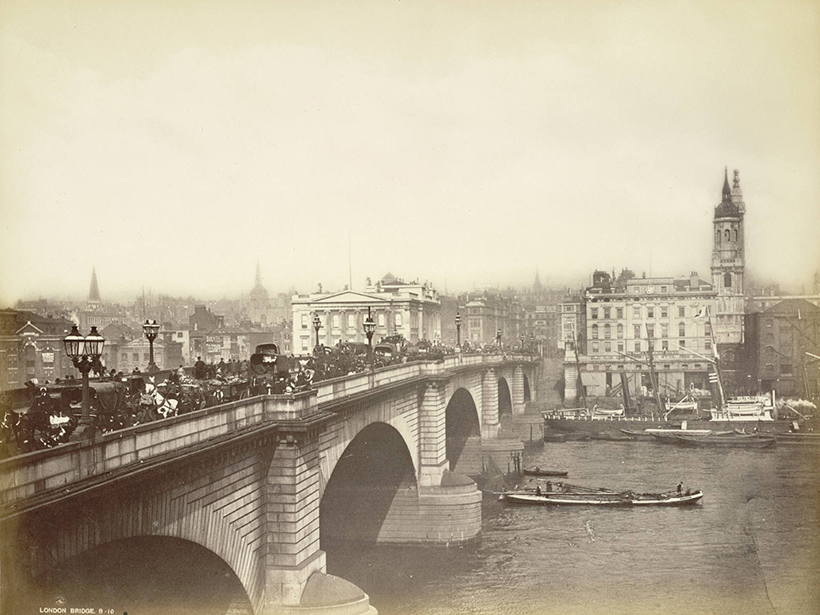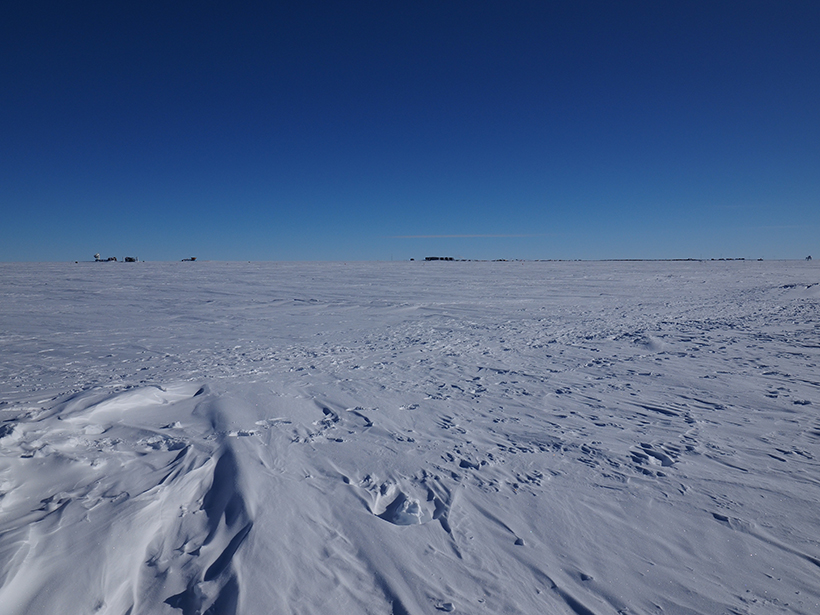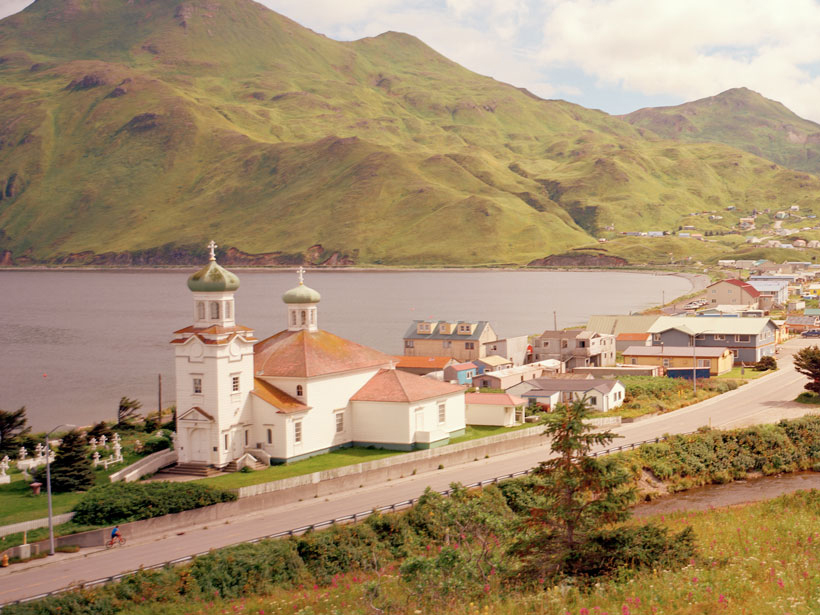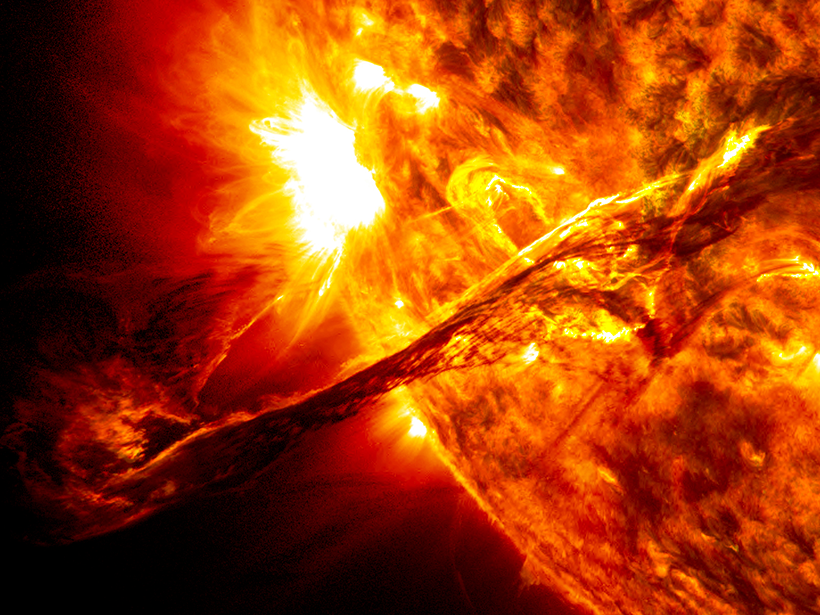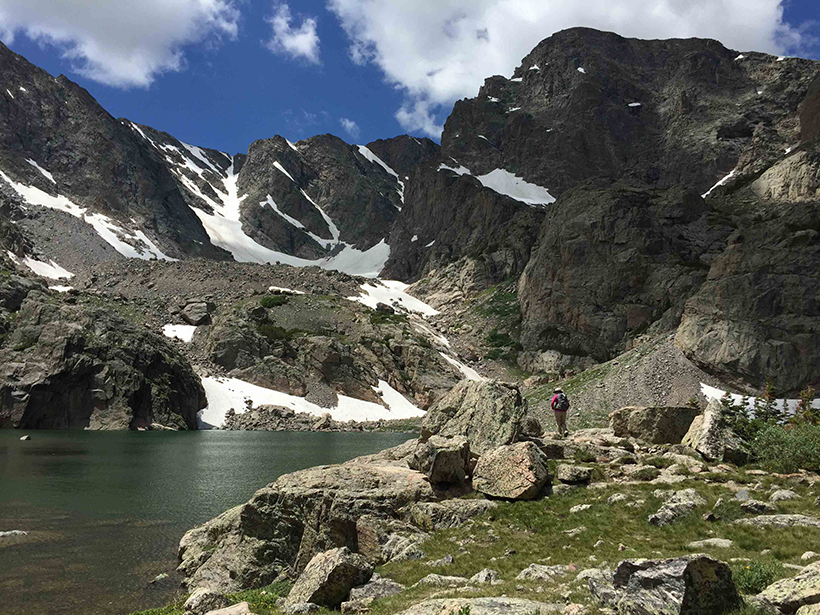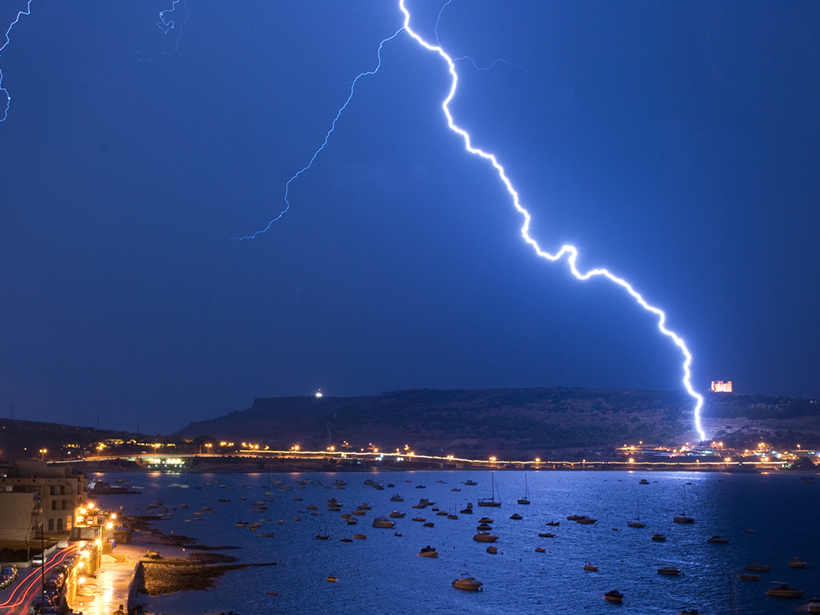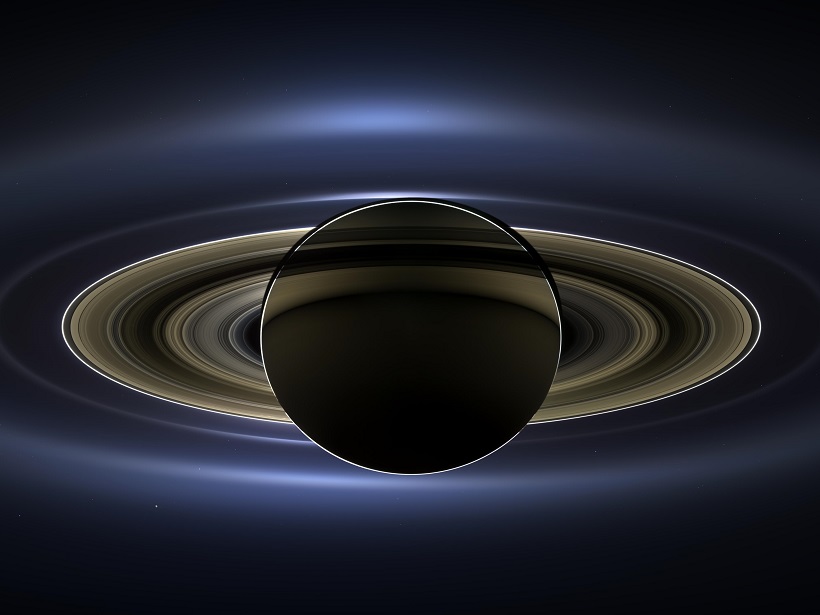A study finds that population growth during urbanization and World War II–era plowing fed additional carbon into the Thames River Basin.
CC BY-NC-ND 2017
New Earth and Space Science Preprint Server to Be Launched
An international advisory board drawn from geoscience societies will guide the project initiated by the American Geophysical Union.
Stable Isotopes in Paleoclimate Reanalysis
Second Annual Workshop of the Last Millennium Reanalysis Project; Friday Harbor, Washington, 25–26 October 2016
Faults off Alaska Look Akin to Those Behind 2011 Japan Disaster
In a seismically quiet segment of Alaska’s subduction zone lie faults with structures similar to those of the system that caused the deadly Tohoku earthquake and tsunami.
NASA Fleet Helps Predict Space Weather
Using 8 years of data collected via spacecraft, scientists produce hindcasts of plasma eruptions from the Sun. These will help improve forecasts.
Understanding Mountain Lakes in a Changing World
Mountain Lakes and Global Change Workshop; Fort Collins, Colorado, 6–8 March 2017
Lightning Strikes May Leave Traces Like Those of Meteorites
Scientists have long interpreted shocked quartz as definitive evidence of a past meteorite impact, but the shock wave caused by lightning striking granite also produces this distinctive feature.
Methane Leaks May Make Natural Gas Worse Than Coal for Climate
The article about which this Research Spotlight was written has been retracted by the authors.
Cassini’s Legacy in Print
With over 750 papers published in AGU journals based on Cassini-Huygens mission data, three editors select some of the most noteworthy.
Pluto’s Features Receive First Official Names
Names of mountains, plains, valleys, and craters honor human and technological pioneers, Pluto scientists, and underworld mythology from around the world.

